A Different Game: Young people working with art and artists
Over the last 9 months I have been working with colleague and friend Alicia Miller to programme the engage international conference in Glasgow.
engage are the national association for gallery education the UK’s most effective advocacy and support organisation for gallery education.
Many of you have taken a welcome interest in the we topics explored so I thought I would post my opening address to give you a flavour of the conference.
Hopefully it will inspire any of you who have an interest in the creative and cultural education of your children to join the campaign to promote the right of all children to a creative education – and be aware that it is steadily being eroded from mainstream education in this country.
Programming this conference has often felt like writing an essay – the results unknown until now. Alicia Miller and I intuitively generated a set of important ideas and set about to explore them with a host of interesting practitioners. We have curated a series of chapters and paragraphs, invited a range of quotations and now it is your job to interact and perform this essay. Its time to hand it over…
The term Young Person has for us encapsulated Young People at all phases in their education from the youngest child to the emerging adult , negotiating their progress in the world. On their journey they must filter multiple influences and increasing pulls on their time and energies from peers, individuals, groups and institutions all working within complex agenda’s enlisting them to their causes – and in the worst instances – instrumentalising them.
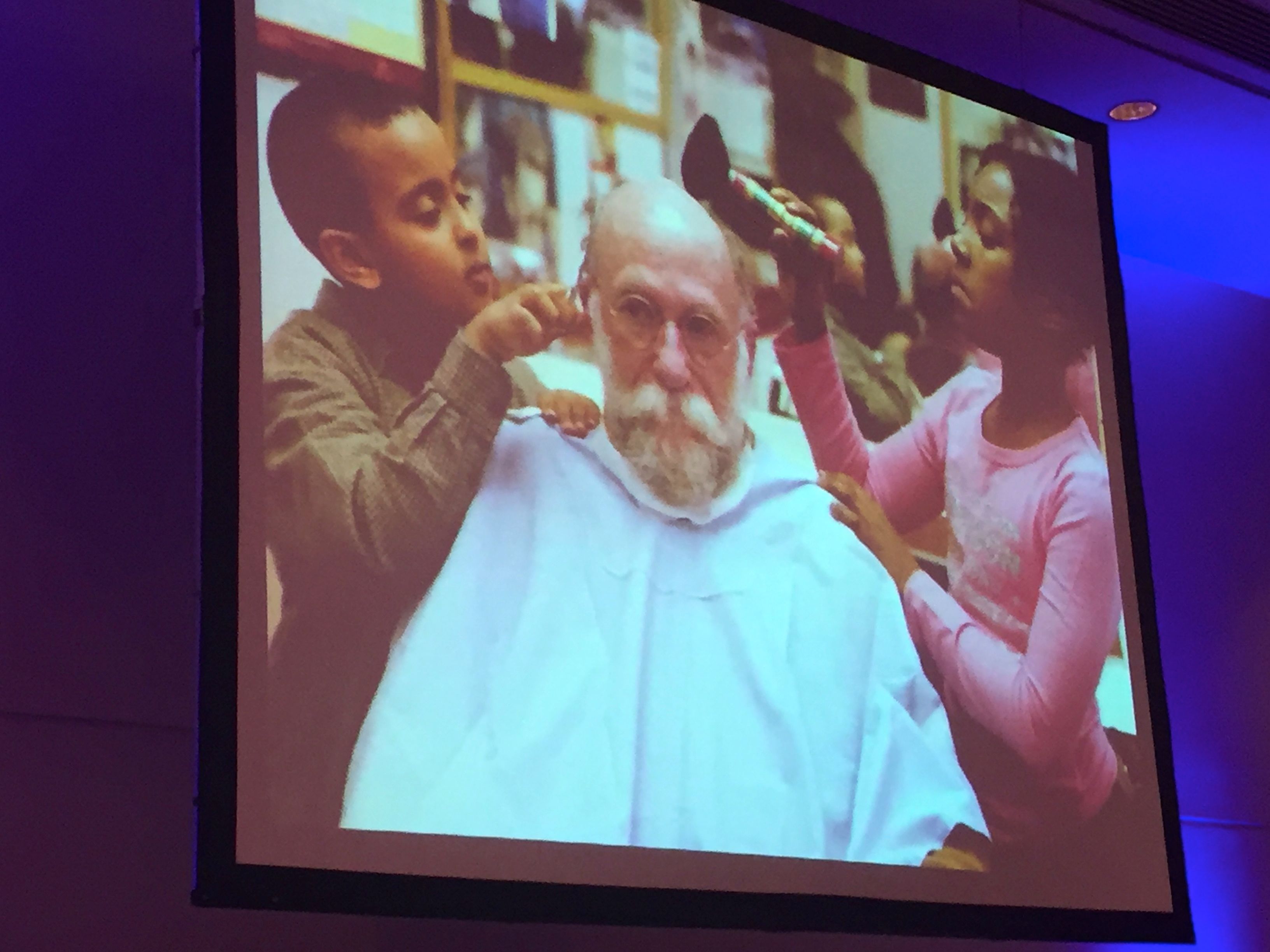
Darren O’ Donnell, in his keynote address ‘Giving the Kids the Key to the Car’ spoke about the rights of the child and his innovative approach. Mammalian Diving Reflex.
In England especially we are working on an uneven playing field; with the increasing marginalization of the arts – particularly in the school curriculum – funding difficulties and an increasingly unequal society. Driven by agendas of money, income and growth, Young people – the future of the arts – are indirectly forced to choose subjects and follow paths dominated by Maths, English and the Sciences. We must show that society is more rounded than this. Colleagues in Wales and our hosts here in Scotland may be able to paint us a brighter picture from which we can take inspiration and hope.
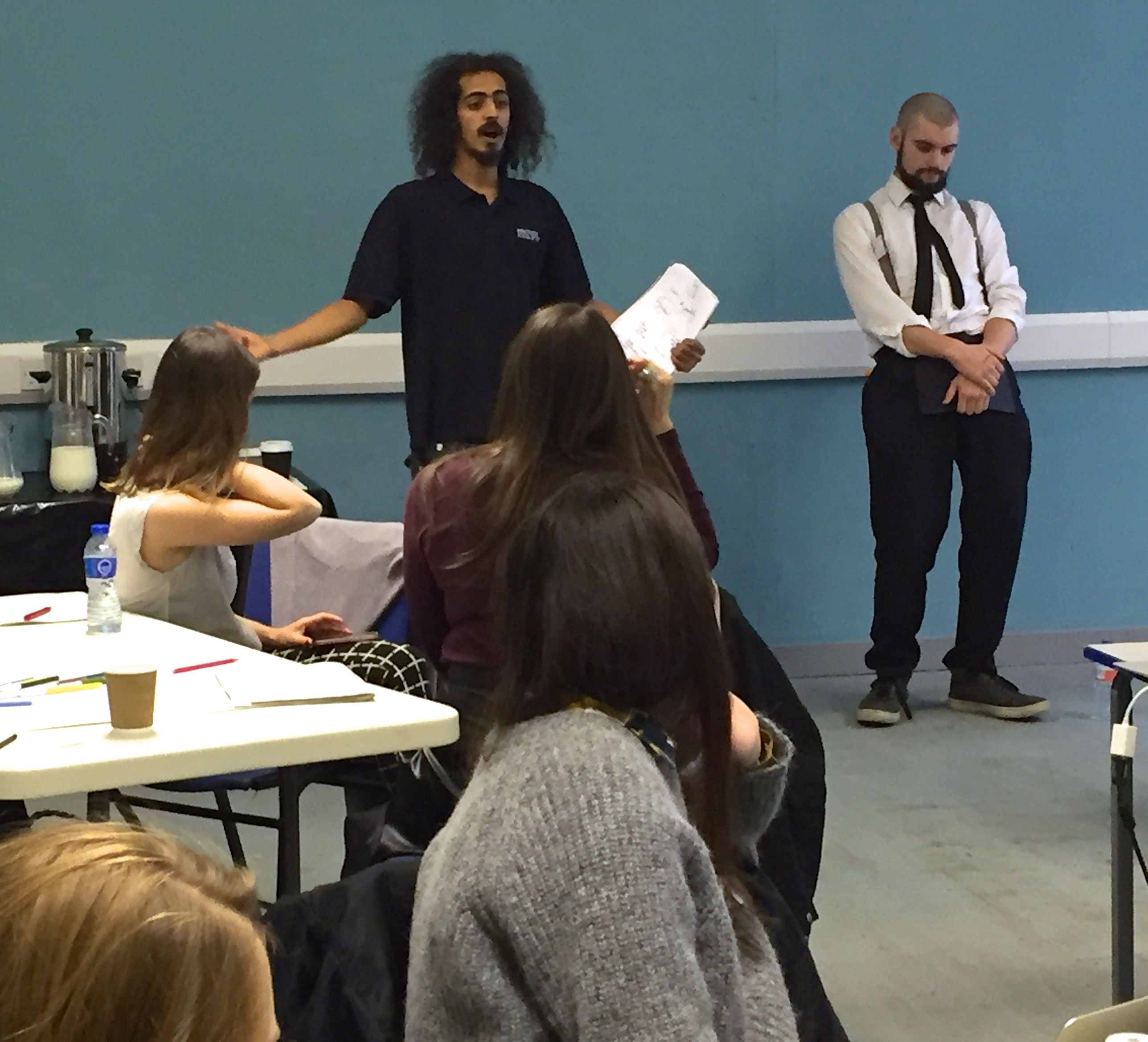
Young people led break out sessions sharing their experiences of working with Galleries on Peer-Led programmes.They spoke with great confidence and taught us a lot.
We start by asking the question Is the Gallery a school?
As educators working in the gallery context we are concerned with a broad, non-formal education and we adopt pedagogies suited to this. Art is a subject notoriously difficult to measure – it is subjective; concerned with cultural capital, taste, lifestyle and a particular way of thinking about things that is commonly misunderstood. Standardization, measuring and testing just do not fit and our Art teachers suffer from the overwhelming pressures of trying. We must be allowed to put trust in those who know what it is like to succeed in creative subjects and how they felt they needed to learn.
We can operate more like a laboratory, a ground for testing, questioning and critiquing pedagogies, and the freedoms this involves. After all, asking questions and thinking deeply and differently about things is what artists do best.
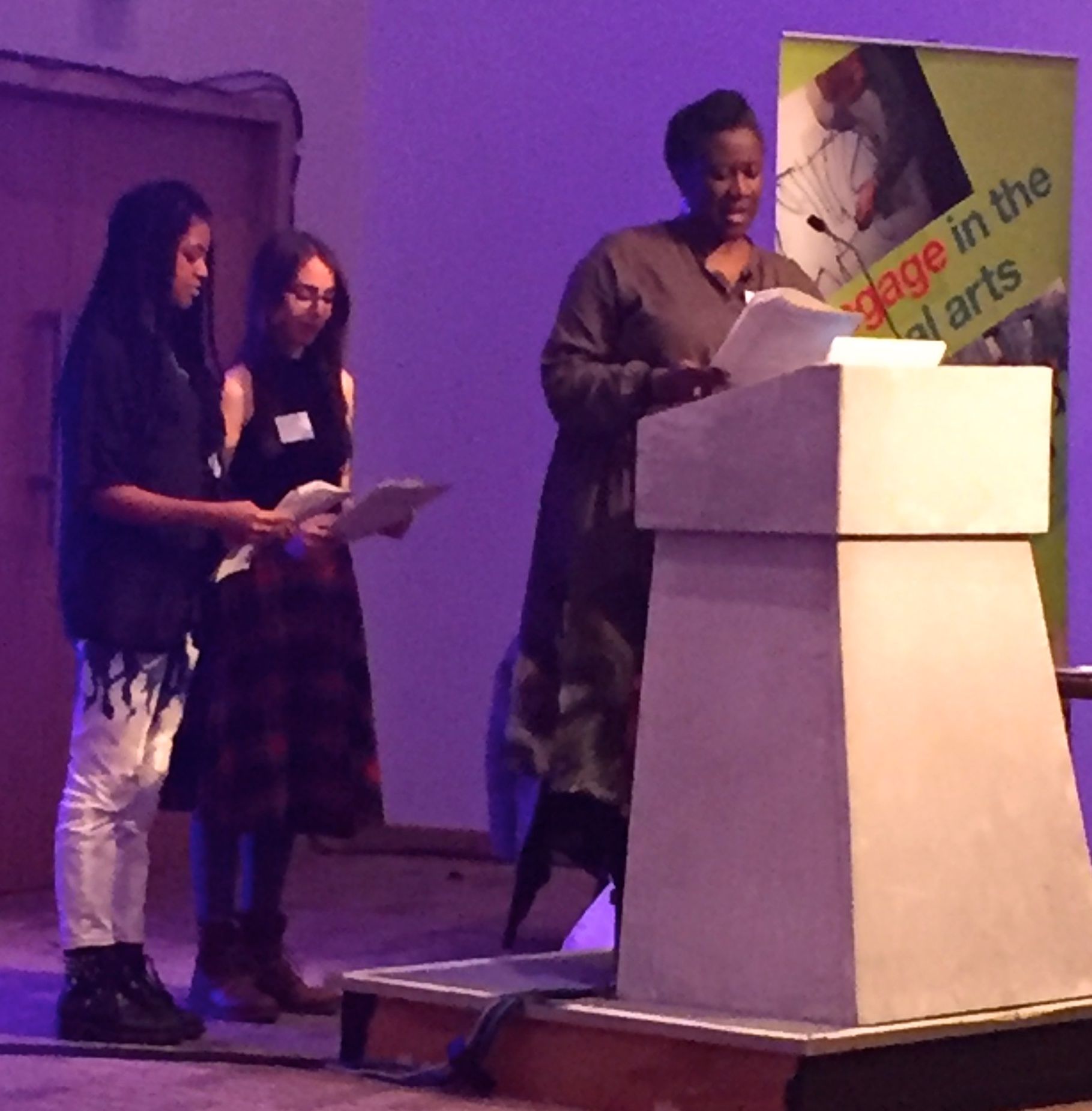
Emerging young artists were invited to take the stage alongside their mentors to provoke important issues emerging for them.
Some form of measurement undoubtedly has its place and many will argue that young people need structure for their thoughts to see development and progression. They may need our help and gentle guidance to steer them in the direction they want to go, avoid distraction, gain inspiration, aspirations and signpost for them hidden career paths. But we have to be free to react to the serendipitous nature of what it is artists do and not alienate vunerable young people who may already be frustrated with formal learning, struggling to find a place to fit. Many galleries counter this by adopting the pedagogies of Radical Education where young people have more freedom follow their interests and take their learning in new directions.
Partnership working is key and again a natural approach for artists who are the ultimate cross-disciplinary workers, experimenting with a variety of pedagogies. The panel Across and Between will look at how we can work across art forms and disciplines to solve the problems we face. The youth sector for example is experiencing similar crisis but does not battle against the same deeply engrained barriers that our art institutions face and can help us engage young people in new ways. Through the complex school system, postcodes, wealth and privilege, young people are sorted into categories – embarking on new conversations should help us bring young people together not separate them further, in spaces that can be hubs for the meeting of diverse minds to discover their communities – with a freedom to play, be physical and experiment in a world where they are too confined, watched, supervised, managed and monitored.
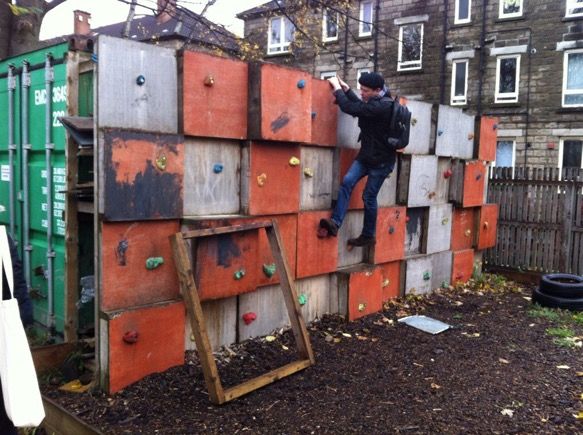
Ania Bas lead a walking break out session exploring the importance of play and learning for young and old. Delegates enjoyed breathing fresh air, climbing trees and jumping through puddles whilst talking play, art and risk.
The growth of Peer Led Practice encourages young people to be not only producers of art but active consumers. They work – often with payment – as artists, curators, organisers, budget holders, and fundraisers. But as we open their eyes to exciting new careers in the arts, we must acknowledge the huge responsibility to behave ethically and ask; Are our spaces and institutions really ‘open’ to be interrogated and can young people really shape them for their future? This goes hand in hand with work already being done by colleagues here to address the real problems with low wages, complex employment markets and negative perceptions in the media and government of career prospects in the arts. We must counter the viscous circle of attracting young people into a world that will ultimately be inaccessible to them if they do not have the means to sustain it.
For many of us a there is a feeling of impossibility; that something is not right. Our status working on the edge whether it is in government, schools or Art institutions, finds us marginalized in a complex web of hierarchies with Young people somewhere near the bottom. Many of you here are tireless in your campaigning and advocacy for arts education and our positions within it and I hope we can, extend the debates and highlight the power of the often tiny interventions that artists make into these sometimes overwhelming structures; to add fuel to your fire, generating new evidence and a means to describe the power of working with art, artists and young people.
For a summary of the twitter feed generated throughout the conference follow this link.
https://storify.com/engagevisualart/the-2015-engage-international-conference
For a link to the full programme follow
http://www.engage.org/conf15info.aspx
- Posted by
 admin
admin - Posted in Uncategorized
 Nov, 26, 2015
Nov, 26, 2015 No Comments.
No Comments.
Archives
- April 2023
- February 2023
- September 2022
- August 2022
- May 2020
- February 2020
- December 2019
- October 2019
- July 2019
- June 2019
- April 2019
- February 2019
- January 2019
- December 2018
- October 2018
- July 2018
- June 2018
- May 2018
- April 2018
- March 2018
- February 2018
- January 2018
- December 2017
- November 2017
- October 2017
- September 2017
- August 2017
- July 2017
- June 2017
- May 2017
- April 2017
- March 2017
- February 2017
- December 2016
- October 2016
- September 2016
- August 2016
- July 2016
- June 2016
- May 2016
- March 2016
- February 2016
- January 2016
- December 2015
- November 2015
- October 2015
- September 2015
- August 2015
- July 2015
- June 2015
- May 2015
- April 2015
- March 2015
- February 2015
- January 2015
- December 2014
- November 2014
- October 2014
- September 2014
- July 2014
- June 2014
- May 2014
- April 2014
- March 2014
- February 2014
- January 2014
- December 2013
- November 2013
- October 2013
- May 2013
- April 2013
- March 2013
- February 2013
- January 2013
- November 2012
- October 2012
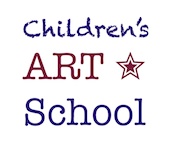
 07808 168 543
07808 168 543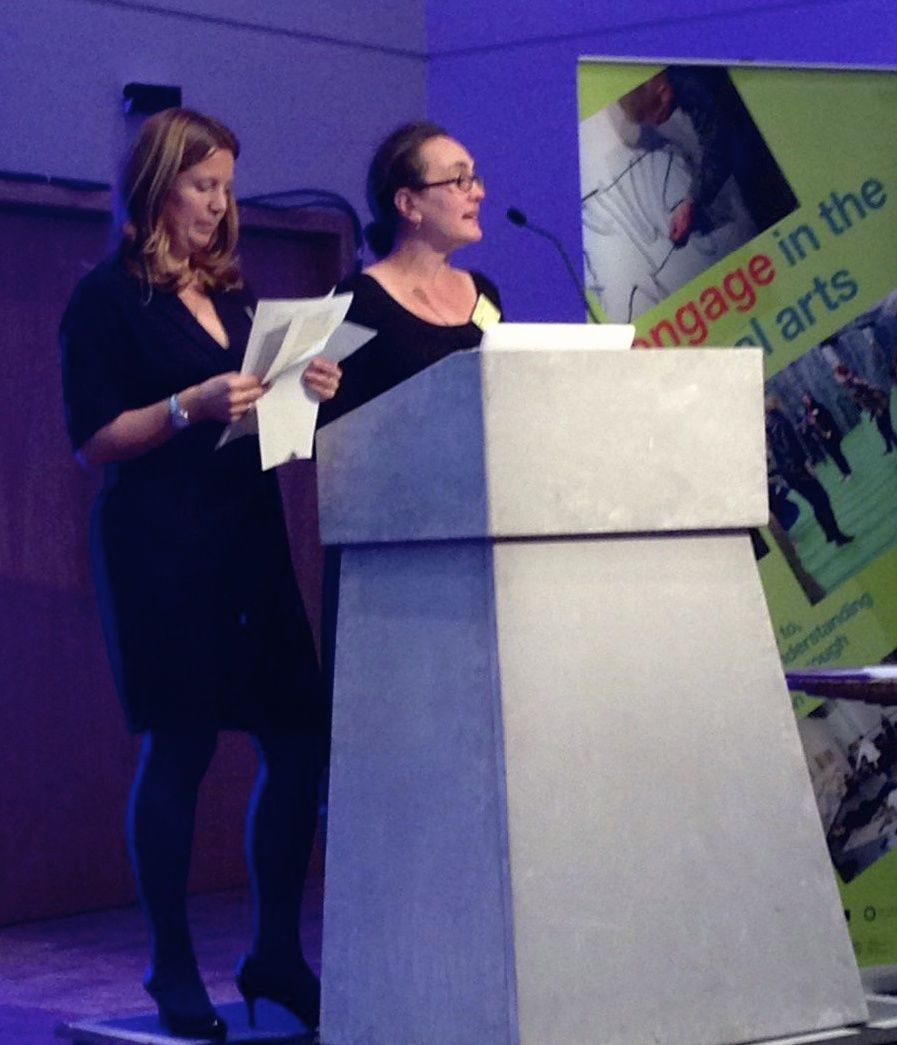
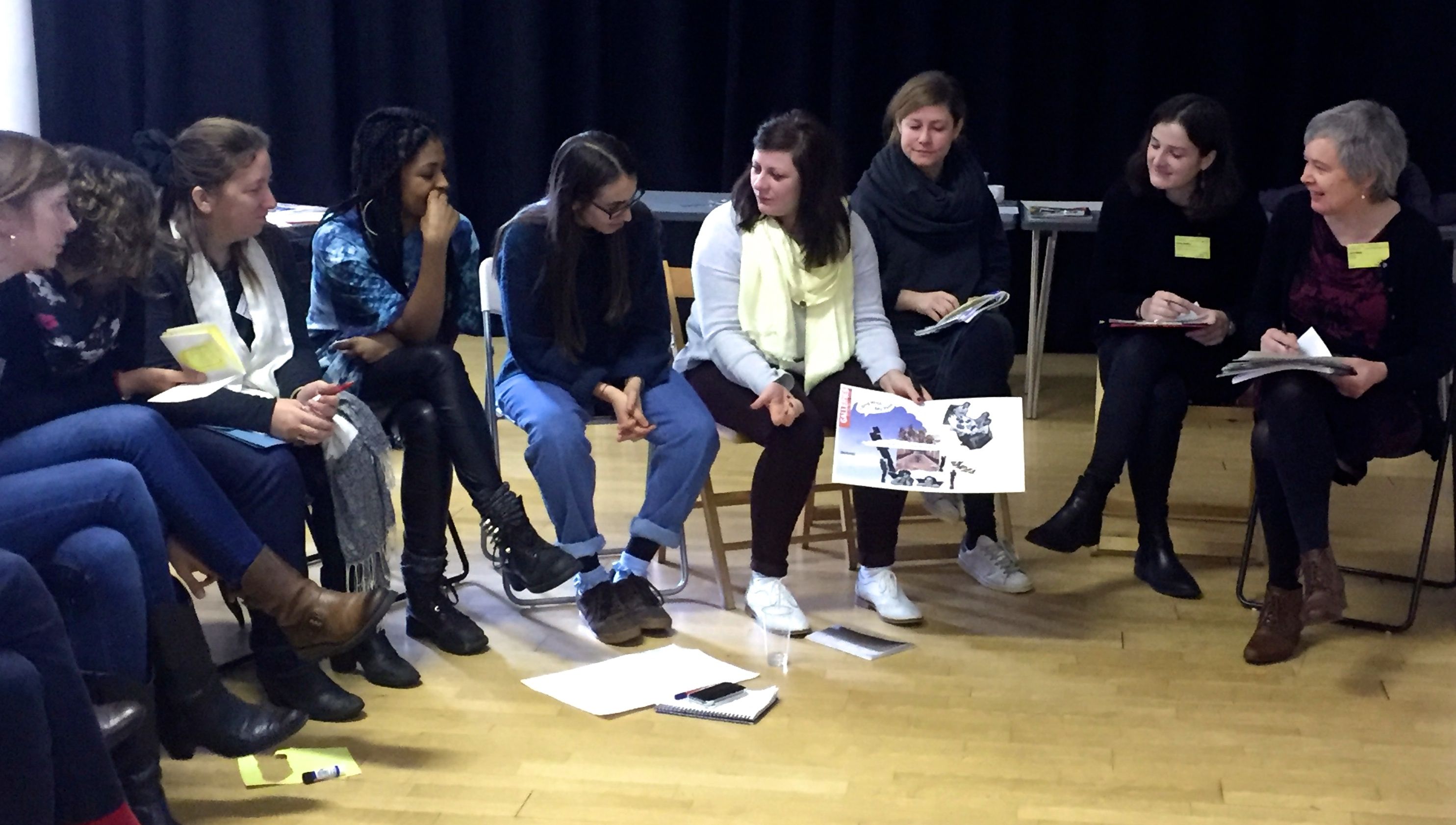
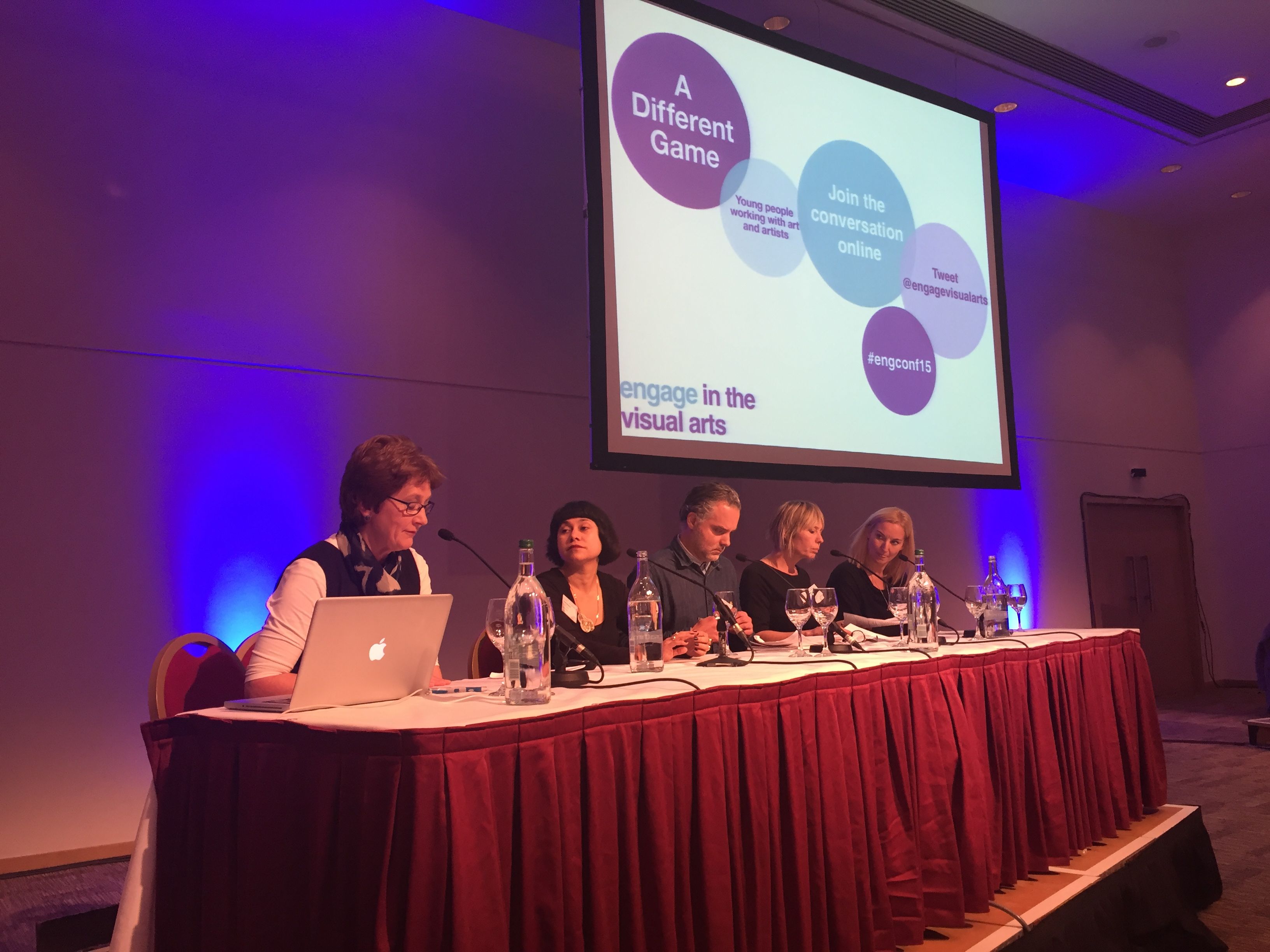
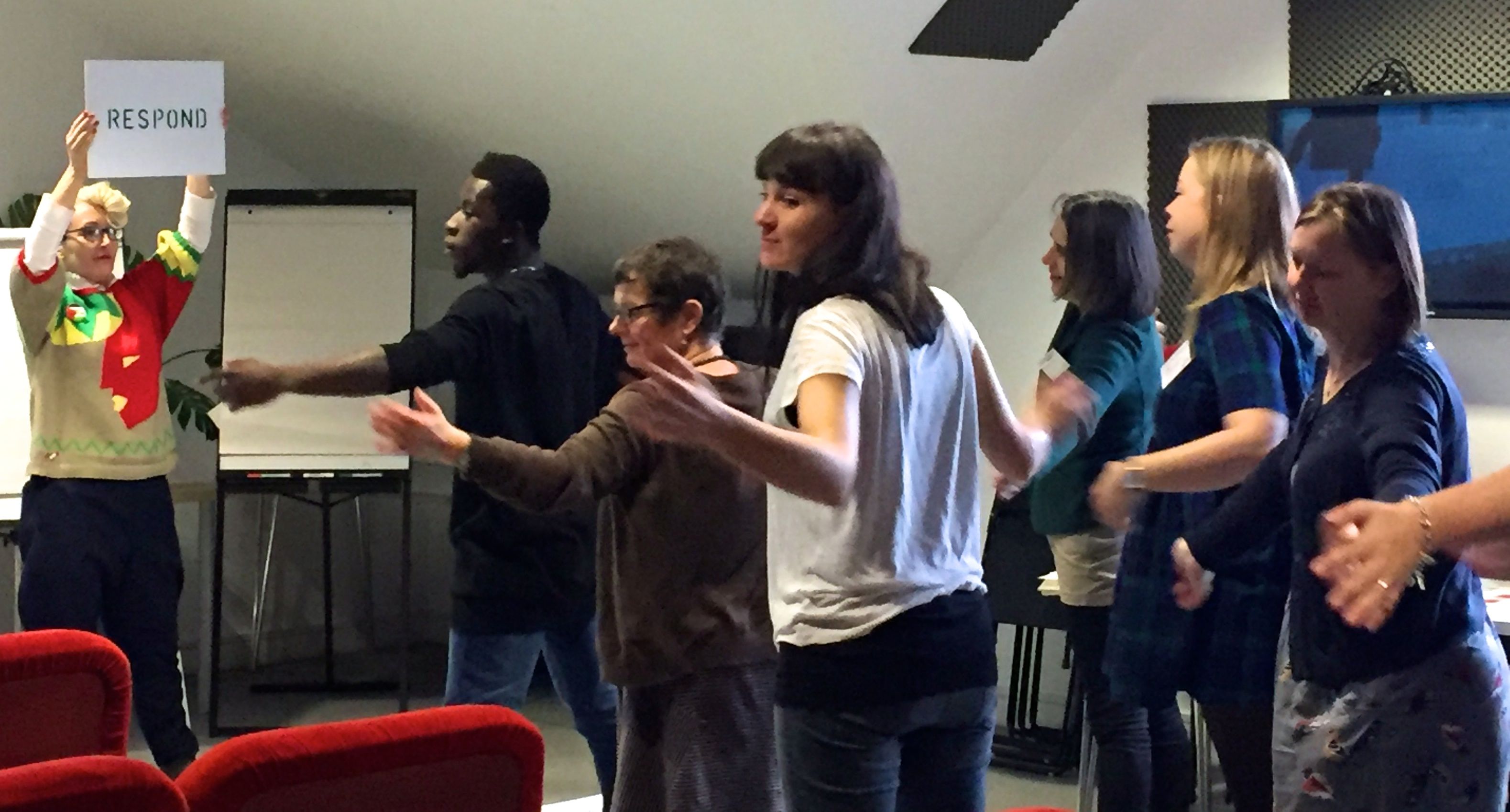
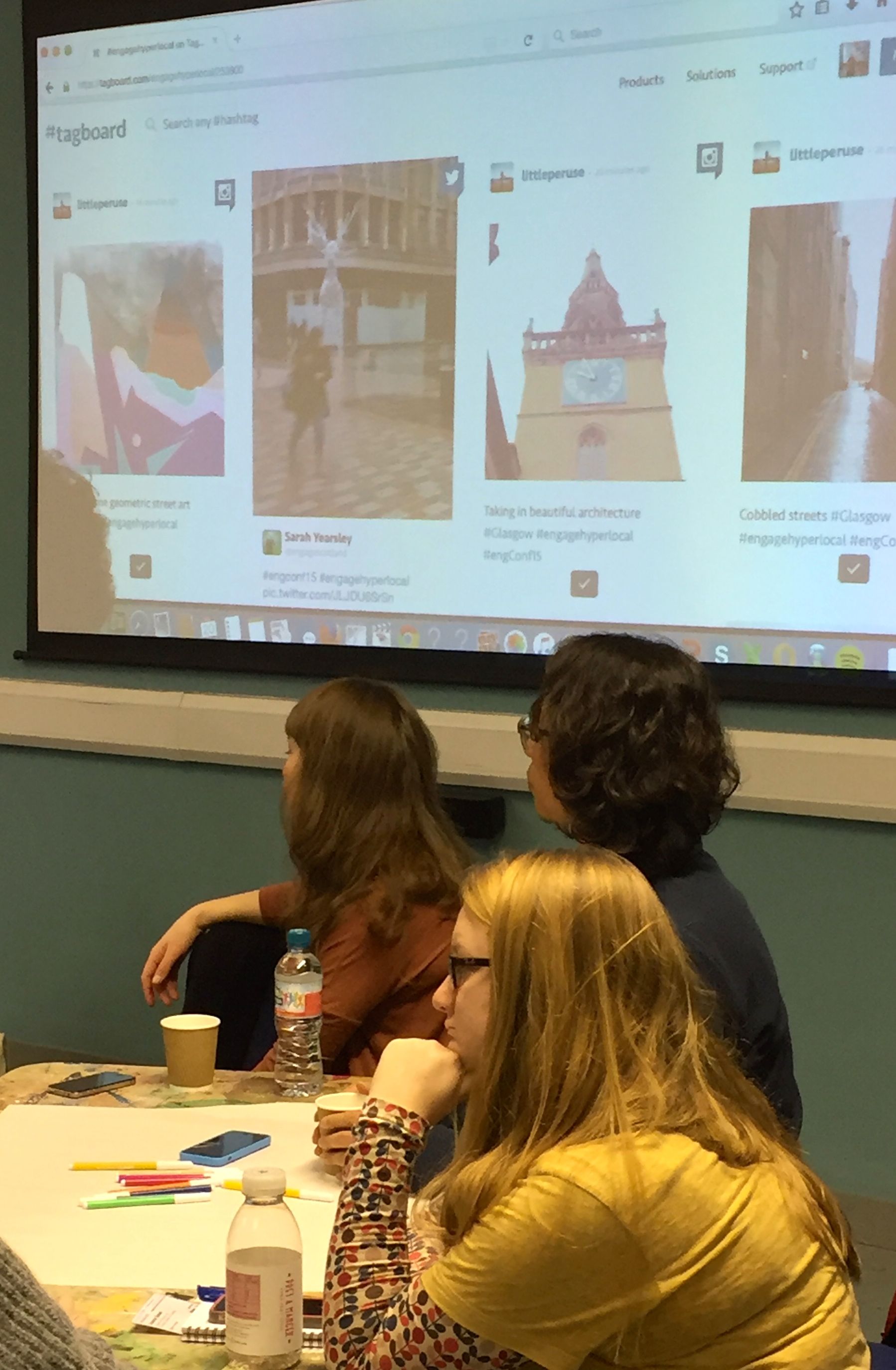
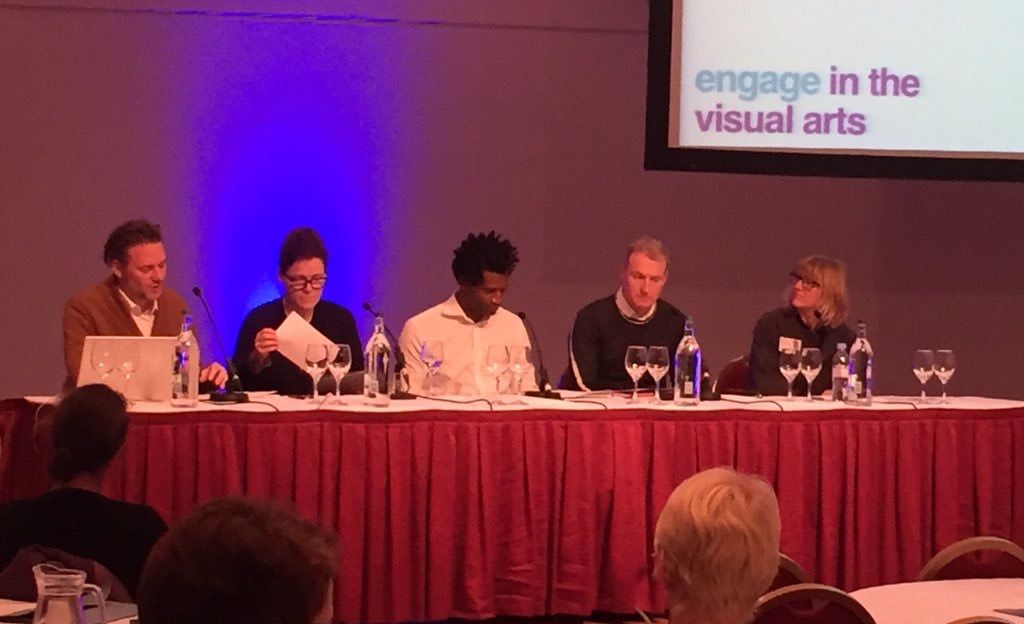
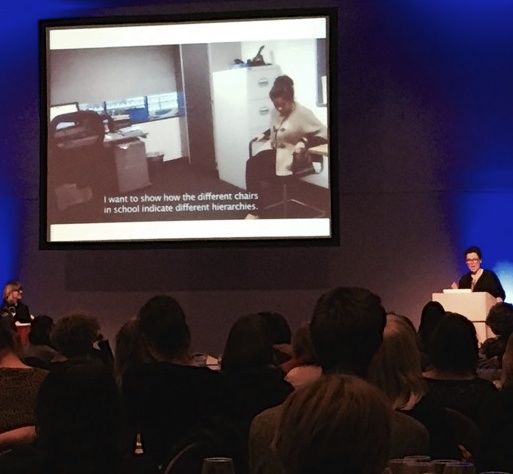
 Join Us On Facebook
Join Us On Facebook Join Us On Twitter
Join Us On Twitter Join Us On In.com
Join Us On In.com Subscribe to Our Blog
Subscribe to Our Blog